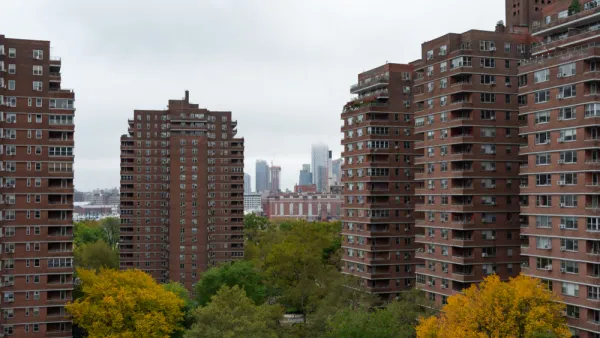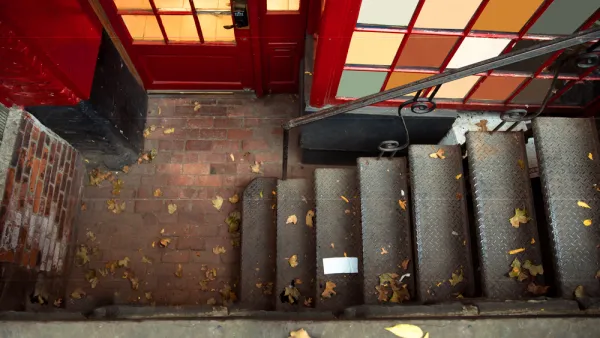In an expose that many have been clamoring for since the days immediately following Sandy when stories of people stranded in NYC's public housing came to light, the Times explores how NYCHA and the city were unprepared for the storm's aftermath.
In the days following Superstorm Sandy, as the rest of New York was returning to normal, it became clear that in the city's high-rise public housing buildings, still home to numerous residents that couldn't evacuate before the storm, a crisis was unlfoding. Self-organized recovery efforts assembled to bring help to residents - many elderly and disabled - without water and power for days, in the absence of assistance from public agencies.
Reporting for The New York Times, Eric Lipton and Michael Moss investigate the mistakes, missed opportunities, and misrepresentations made by the New York City Housing Authority and the city in assisting the 77,000 residents in 402 public housing buildings who lost electricity, elevators, heat and hot water in the aftermath of Sandy.
"An examination by The New York Times has found that while the agency moved aggressively before the storm to encourage residents to leave, particularly those who were disabled and the needy, both it and the city government at large were woefully unprepared to help its residents deal with Hurricane Sandy’s lingering aftermath."
"The city, which did not enforce its mandatory evacuation order, could not assess the medical needs of residents stuck atop darkened, freezing towers until nearly two weeks after the storm," write Lipton and Moss. "It relied on ragtag bands of volunteers who quickly found themselves overwhelmed by the task of reaching, comforting and caring for trapped residents. And the seemingly simplest things, like towing portable lighting towers into the Red Hook public housing complex, took 11 days, all because the housing authority had not properly prepared for a major disaster."
"John B. Rhea, a former Wall Street investment banker who took over as the housing authority chairman in 2009, said he regretted the real hardship many public housing residents suffered through — but he said his tenants received more care and attention than those who lived in private buildings, many of which also have large populations of older and infirm residents."
"Others at City Hall took a far different tack, saying that it was the public housing residents, in many cases, who brought the suffering upon themselves."
FULL STORY: Housing Agency’s Flaws Revealed by Storm

National Parks Layoffs Will Cause Communities to Lose Billions
Thousands of essential park workers were laid off this week, just before the busy spring break season.

Retro-silient?: America’s First “Eco-burb,” The Woodlands Turns 50
A master-planned community north of Houston offers lessons on green infrastructure and resilient design, but falls short of its founder’s lofty affordability and walkability goals.

Delivering for America Plan Will Downgrade Mail Service in at Least 49.5 Percent of Zip Codes
Republican and Democrat lawmakers criticize the plan for its disproportionate negative impact on rural communities.

Test News Post 1
This is a summary

Test News Headline 46
Test for the image on the front page.

Balancing Bombs and Butterflies: How the National Guard Protects a Rare Species
The National Guard at Fort Indiantown Gap uses GIS technology and land management strategies to balance military training with conservation efforts, ensuring the survival of the rare eastern regal fritillary butterfly.
Urban Design for Planners 1: Software Tools
This six-course series explores essential urban design concepts using open source software and equips planners with the tools they need to participate fully in the urban design process.
Planning for Universal Design
Learn the tools for implementing Universal Design in planning regulations.
EMC Planning Group, Inc.
Planetizen
Planetizen
Mpact (formerly Rail~Volution)
Great Falls Development Authority, Inc.
HUDs Office of Policy Development and Research
NYU Wagner Graduate School of Public Service





























